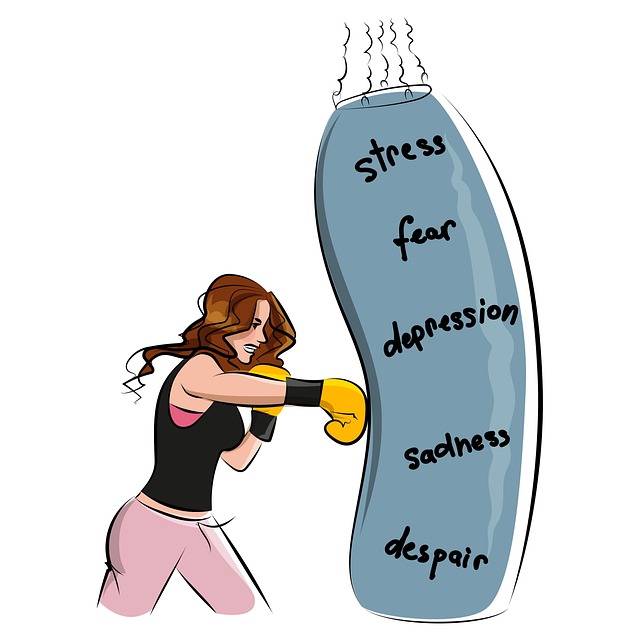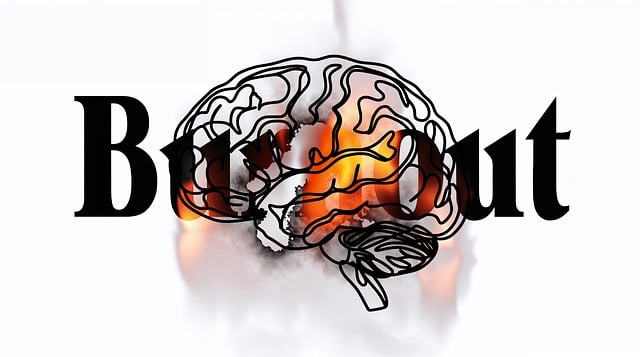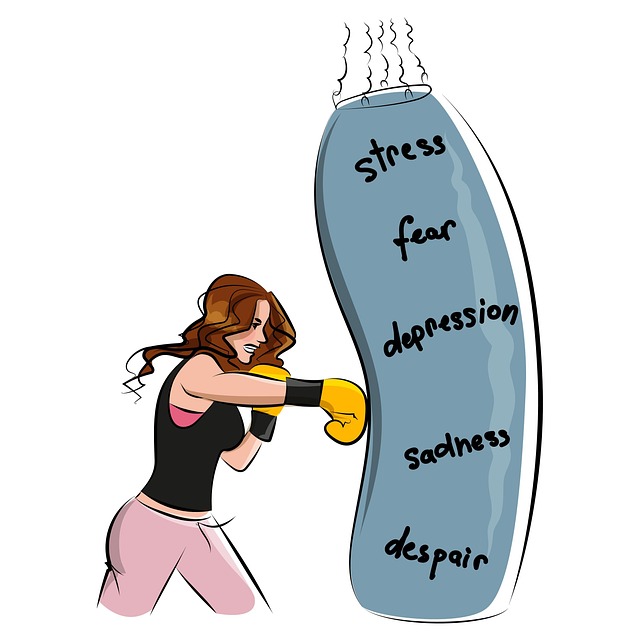Centennial Sexual Addiction Therapy (CSAT) prioritizes client safety through comprehensive risk assessment. Therapists evaluate histories, employ conflict resolution and emotional regulation techniques, and develop harm minimization plans tailored to individual needs. This client-centric approach, emphasizing personalized coping strategies, promotes resilience and long-term recovery while navigating legal and ethical considerations. Continuous evaluation ensures interventions remain effective, encouraging self-care and autonomy for optimal healing outcomes.
“In the realm of mental health, particularly within Centennial Sexual Addiction Therapy, risk assessment and harm minimization are paramount. This article explores a comprehensive guide to navigating these crucial aspects. We delve into understanding risk assessment by identifying potential hazards unique to therapy settings. Subsequently, we uncover effective harm minimization strategies for safe and evidence-based practice.
The discussion expands on client-centric approaches, emphasizing their role in dynamic risk management. Legal and ethical considerations are also scrutinized, offering a nuanced perspective on providing responsible care. Finally, continuous evaluation is spotlighted as a key factor for long-term success in Centennial Sexual Addiction Therapy.”
- Understanding Risk Assessment: Identifying Potential Hazards in Therapy
- Harm Minimization: Strategies for Safe and Effective Practice
- The Role of Client-Centric Approaches in Risk Management
- Legal and Ethical Considerations for Centennial Sexual Addiction Therapy
- Continuous Evaluation: Adapting Plans for Long-Term Success
Understanding Risk Assessment: Identifying Potential Hazards in Therapy

Understanding Risk assessment is paramount in therapy, especially in specialized fields like Centennial Sexual Addiction Therapy. It involves a systematic process of identifying potential hazards and evaluating their likelihood and impact to ensure client safety. Therapists must scrutinize various aspects, from historical trauma and co-occurring disorders to current life stressors, as these can exacerbate risks or introduce new challenges. By employing conflict resolution techniques and emotional regulation strategies, therapists can create a secure environment, foster open communication, and guide clients towards healthier coping mechanisms.
This proactive approach extends beyond individual therapy sessions; it encompasses harm minimization planning, where therapists work with clients to develop strategies for managing high-risk situations. This might include establishing clear boundaries, implementing burnout prevention techniques, and providing resources for support outside of therapy. The goal is not only to mitigate potential harms but also to empower clients with the skills to navigate challenges independently, fostering resilience and long-term recovery in the context of Centennial Sexual Addiction Therapy.
Harm Minimization: Strategies for Safe and Effective Practice

Harm Minimization is a critical component of effective risk assessment and harm reduction planning, especially in fields like Centennial Sexual Addiction Therapy. The primary goal is to implement strategies that focus on safety while empowering individuals to make positive changes in their lives. By adopting this approach, therapists can support clients in managing and reducing potential risks associated with sexual addiction. One key strategy involves teaching coping skills development, enabling individuals to navigate triggers and cravings effectively.
This process also includes promoting mental wellness and self-esteem improvement, which are essential for long-term recovery. Harm minimization techniques allow for a more gradual and controlled approach, ensuring clients feel supported throughout their journey. Through these strategies, therapists can guide individuals towards healthier behaviors, fostering resilience and empowering them to make informed choices while prioritizing their overall well-being.
The Role of Client-Centric Approaches in Risk Management

In the realm of risk assessment and harm minimization planning, a client-centric approach emerges as a powerful tool, particularly relevant in fields like Centennial Sexual Addiction Therapy. This method places the individual at the heart of the process, recognizing that every person’s experience and needs are unique. By adopting this perspective, therapists and organizations can tailor their strategies to address specific risks and promote mental wellness. Such an individualized approach ensures that interventions are effective and meaningful, fostering a safer and more supportive environment for clients navigating complex challenges.
Client-centric approaches empower individuals to take ownership of their well-being by providing them with the skills to manage stress effectively. Through tailored programs, including Stress Management Workshops and Mindfulness Meditation practices, clients can develop coping mechanisms that enhance their overall mental wellness. This proactive approach not only minimizes risks but also paves the way for personal growth and transformation, making it a game-changer in the field of therapy and organizational risk management.
Legal and Ethical Considerations for Centennial Sexual Addiction Therapy

When practicing Centennial Sexual Addiction Therapy, mental health professionals must navigate a complex landscape of legal and ethical considerations. This includes adhering to strict guidelines established by regulatory bodies for Risk Management Planning, which is essential in mitigating potential risks associated with treating sensitive issues like sexual addiction. The onus lies not only on ensuring patient safety but also on fostering an environment that promotes Mental Health Awareness and encourages Self-Care Routine Development for both the therapist and client.
Ethical practices demand confidentiality and informed consent, where clients fully understand the nature of their therapy and its potential outcomes. Therapists must be vigilant in recognizing and managing boundaries to avoid any form of exploitation or harm. Additionally, ongoing professional development and supervision are crucial to stay updated on best practices in Risk Assessment and Harm Minimization Planning, thereby safeguarding both the therapist’s integrity and the well-being of their clients.
Continuous Evaluation: Adapting Plans for Long-Term Success

In the context of Centennial Sexual Addiction Therapy (CSAT), continuous evaluation is a vital component for long-term success in harm minimization planning. By regularly assessing and reassessing treatment plans, therapists can adapt their strategies to meet the evolving needs of clients. This dynamic approach ensures that interventions remain effective and relevant as individuals progress through their recovery journey. For instance, what might be suitable early in therapy could become less applicable over time, necessitating a shift towards more advanced Empathy Building Strategies or Compassion Cultivation Practices.
Self-Care Practices play a symbiotic role in this continuous evaluation process. As clients develop, therapists must encourage and support their growing ability to manage their own well-being. This self-driven approach not only enhances recovery outcomes but also fosters a sense of autonomy and resilience. By integrating these Self-Care Practices into the therapeutic framework, CSAT practitioners can facilitate a more sustainable and fulfilling path towards healing.
Risk assessment and harm minimization are paramount in Centennial Sexual Addiction Therapy. By understanding potential hazards, implementing client-centric approaches, adhering to legal and ethical guidelines, and continually evaluating plans, therapists can ensure safe and effective treatment. This comprehensive strategy not only minimizes risks but also fosters long-term success for clients navigating this complex issue.













